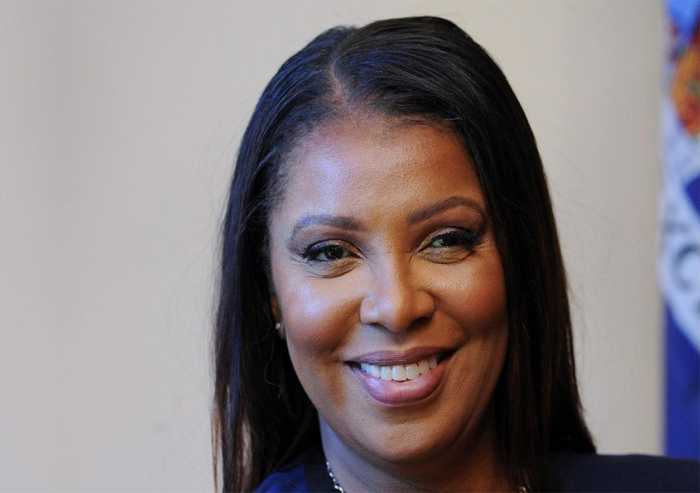Generally, trailers are intended to promote films and get people excited about them. The release of the trailer for Roland Emmerich’s “Stonewall” had the exact opposite effect. It depicted the milieu around the Stonewall Inn in the late ‘60s as 90 percent white, with few visible drag queens. The release of a cast list, featuring mostly white actors, didn’t help. Calls for protest and even a boycott followed.
It’s interesting that “Stonewall” is the first film made within our community –– at least to the extent that director Emmerich and screenwriter Jon Robin Baitz are openly gay –– to generate such a response. “Cruising,” “The Silence of the Lambs,” and “Basic Instinct” drew similar protests, but they were greeted as insults from outsiders. This time, the outcry is about how a privileged white gay man depicts people of color –– or leaves them off-screen, as the case may be.
High school senior Danny (Jeremy Irvine), a white fictional character, lives in a small Midwestern town and keeps his gayness a secret, but gets caught having sex with another boy in a car. His homophobic father throws him out of the house. He takes a bus to New York, where he heads to Sheridan Square. He meets a group of street hustlers led by Ray (Jonny Beauchamp), who hang out on Christopher Street and occasionally turn tricks. Danny wants to go to Columbia, but his parents are blocking his application from going through. On his first trip to the Stonewall Inn, he meets a cute guy, Trevor (Jonathan Rhys Meyers), and becomes attracted to him, but he learns about the ugly side of gay life when the bar is raided by the cops.
Roland Emmerich struggles to capture LGBT life on the margins at the time of Stonewall
Most of the time, it seems as though Emmerich learned about New York bohemia from seeing “Rent.” One thing the film gets right is the way that many gay men, especially those who’ve been rejected by their birth families, form networks of friends and rely on them for support. Ray allows Danny to share whatever impromptu accommodations he has, and he does the same for all his many friends. The problem is that “Stonewall” can’t help making poverty and homelessness look photogenic and turn sex work into another obstacle to be overcome on its hero’s journey. I got the impression Emmerich has no first-hand experience with the lower depths he’s depicting.
The charges of whitewashing are somewhat justified, although the complaint that “Stonewall” presents a world of butch white gay men is not. There are a number of black men and trans women in the film, but for the most part they’re relegated to the background. Even future activist Marsha P. Johnson gets relatively little screen time. Ray seems intended to be Latino, but this is never made explicit in the film. The film does succeed in presenting a vision of a time where gender identity was a lot more fluid than it is now among gay men. In the world of “Stonewall,” gay, drag, and trans are overlapping identities. In 2015, this seems rather refreshing.
Roland Emmerich’s strengths as a director are extremely limited. To be blunt, he seems best when he can depict explosions and destruction. He’s tried sneaking in liberal politics among the apocalyptic visions, as in “The Day After Tomorrow,” but there’s something a bit contradictory about expressing an environmentalist message through a catastrophe the film obviously revels in.
“Stonewall” is the kind of film that’s almost never been made: a Hollywood epic about the gay rights movement. Gus van Sant’s “Milk” is the only parallel that comes to mind, and I suspect van Sant would have done a better job of directing “Stonewall.” The Stonewall riots are genuinely stirring, as they play to Emmerich’s interests and he directs the action well, but the scenes in Middle America are corny sub-Spielberg stuff.
The significance of the Stonewall riots may not have been the uprisings themselves –– they weren’t the first protests at gay bar busts in the late ‘60s –– but the wave of political activism that happened afterwards, as the relatively polite Mattachine Society (unflatteringly depicted in “Stonewall”) was left in the dust and more radical groups like the Gay Liberation Front, Gay Activists Alliance, and S.T.A.R. formed. “Stonewall” botches this moment and winds up almost depoliticizing the riots. In the end, it suggests their main significance was leading to Pride parades around the world. That’s true, but it’s a small part of a much bigger cause.
Emmerich says he was inspired to make “Stonewall” by learning that 40 percent of homeless teens are LGBT. His heart’s in the right place, but the director of “Independence Day” is perhaps not the best person to capture the gritty and multi-racial reality of street life, then or now.
STONEWALL | Directed by Roland Emmerich | Roadside Attractions | Opens Sep. 25 | Angelika Film Center, 18 W. Houston at Mercer St.; angelikafilmcenter.com/nyc | Bow Tie Chelsea Cinemas, 260 W. 23rd St.; bowtiecinemas.com | AMC Lincoln Square 13, 1998 Broadway at W. 68th St.; amctheatres.com
Read Duncan Osborne's interview with director Roland Emmerich here.



















